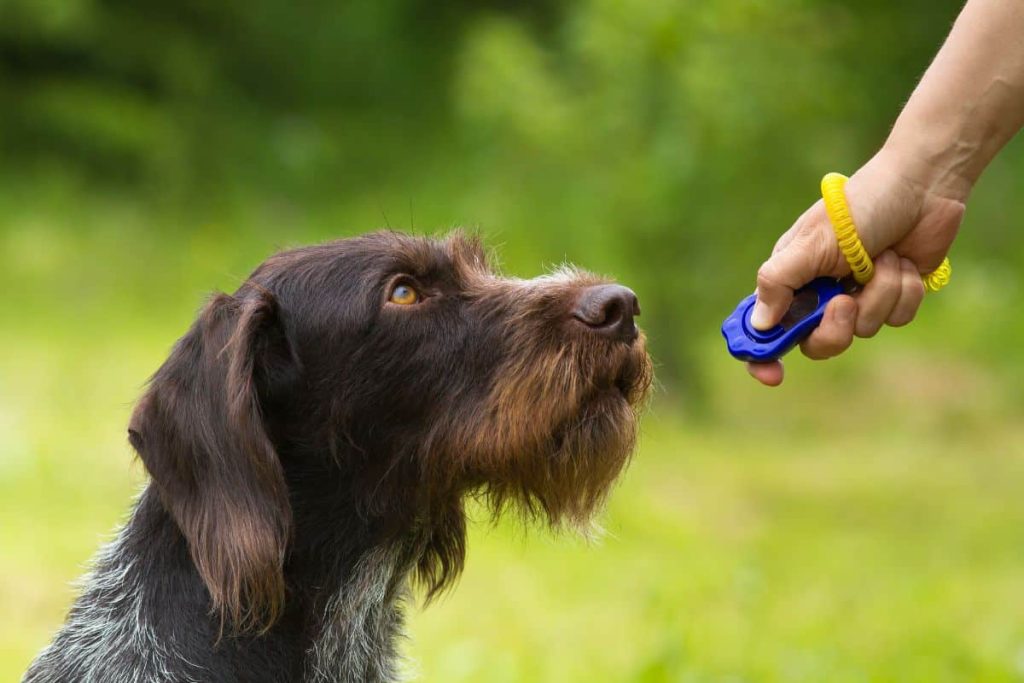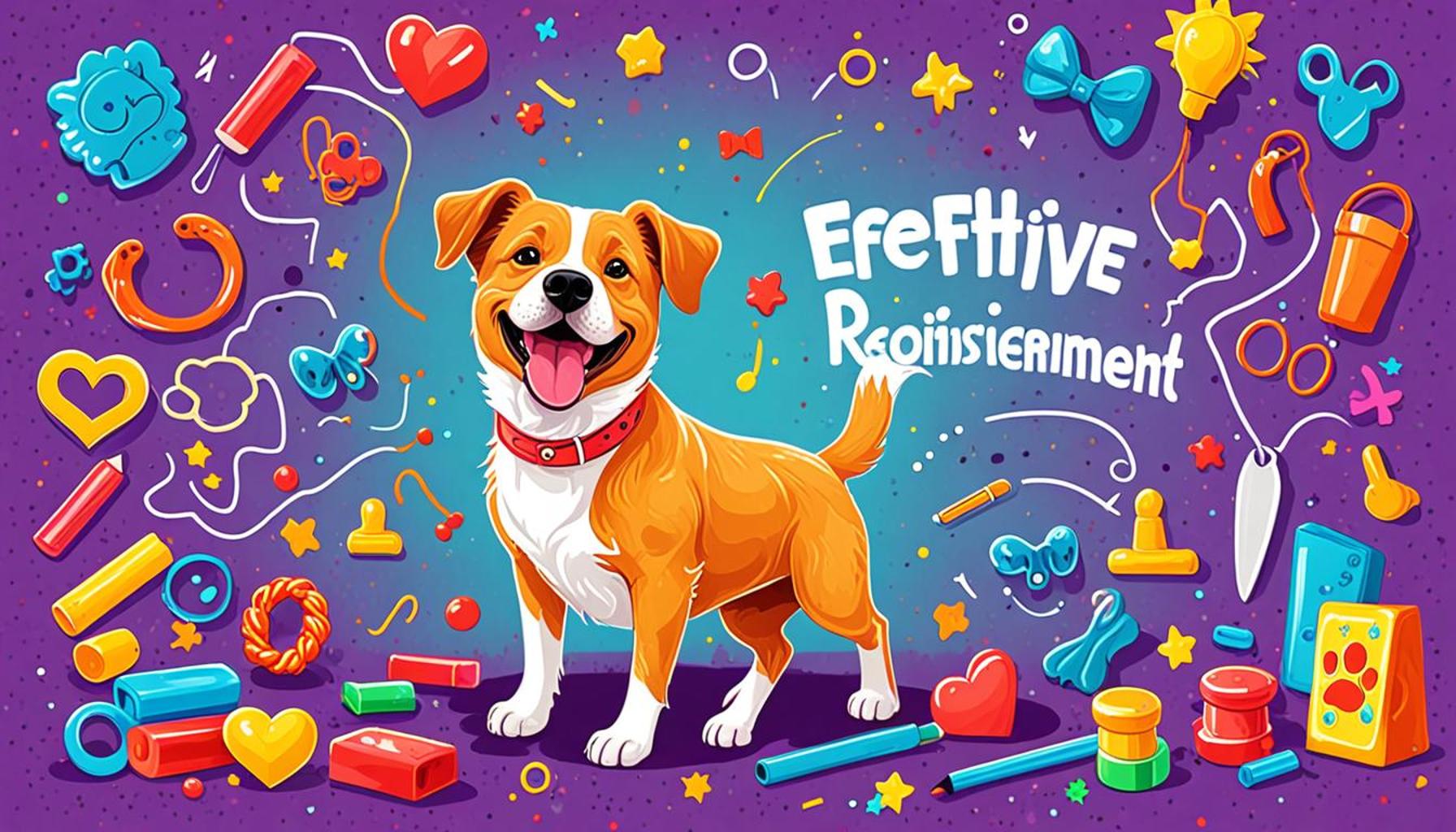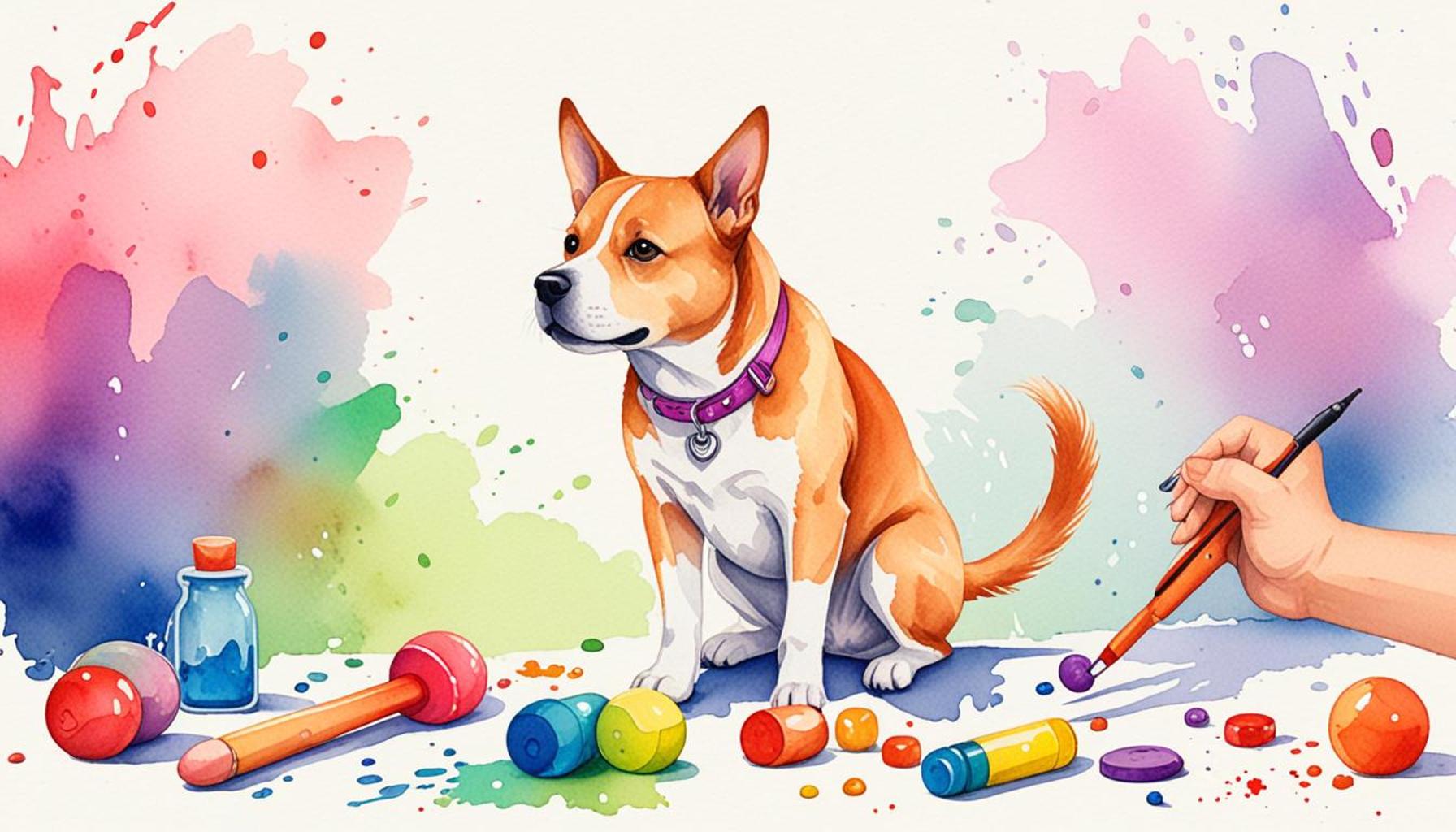Effective Positive Reinforcement Techniques for Dog Training

Unlocking the Secrets of Dog Training
Training your dog can be a rewarding experience, but it often comes with its own set of challenges. Utilizing effective positive reinforcement techniques not only enhances your dog’s learning but also strengthens your bond. With a variety of methods available, understanding what works best is essential for both you and your furry companion.
Positive reinforcement centers on the principle of rewarding desirable behavior rather than punishing unwanted actions. This method encourages your dog to repeat good behavior, fostering a more enjoyable training process for both pet and owner. Imagine teaching your dog to sit. Instead of scolding when he doesn’t respond, a simple treat paired with praise immediately after he complies can motivate him to sit again in the future. This method has been shown to lead to a more well-adjusted and obedient dog over time.
Key Elements of Positive Reinforcement
- Timing: Reward immediately after the behavior. For instance, if your dog fetches a ball, celebrate this act with a treat right away. This immediate feedback helps your dog associate the behavior with the reward.
- Consistency: Use the same cues and rewards every time. Consistent verbal commands like “sit” or “stay,” paired with the same type of treat, establish a clear understanding for your dog. Over time, he will learn to associate specific cues with expected actions.
- Variety: Mix rewards to keep your dog engaged. While treats are effective, incorporating verbal praise, petting, or playtime can make training sessions more exciting. For example, if your dog loves playing tug-of-war, using this as a reward for good behavior can heighten his enthusiasm.
Research supports the advantages of positive reinforcement. Studies show that dogs trained using this approach not only display greater obedience but also exhibit fewer behavioral problems, such as excessive barking or anxiety. This method aligns well with your dog’s natural instincts, creating a more balanced and harmonious relationship.
Ready to dive deeper? Exploring these techniques can open up a world of understanding between you and your furry friend. By implementing these strategies, you can nurture a well-behaved and happy dog. Consider enrolling in local obedience classes or seeking advice from experienced trainers in the United States, where dog training resources are abundant. The journey of training your dog is an investment in their well-being and your companionship, promising countless joyful moments along the way.
DISCOVER MORE: Click here for essential tips

Building a Foundation with Reward Techniques
When it comes to dog training, the effectiveness of positive reinforcement techniques heavily relies on the foundation you establish from the beginning. These techniques encourage good behavior by rewarding your dog, making the learning process not only effective but also enjoyable. Whether you’re teaching basic commands or working on behavioral issues, adopting an approach centered around rewards can significantly enhance your training experience.
One crucial aspect of positive reinforcement is understanding the different types of rewards that can be utilized. Dogs are motivated by various incentives; what works for one may not be as effective for another. By exploring multiple reward options, you can discover what resonates most with your canine companion. Here are some common reward types:
- High-Value Treats: These are usually small, tasty morsels your dog truly loves—think pieces of chicken, cheese, or commercial treats designed for training. High-value treats are especially useful during the initial phases of learning new behaviors.
- Verbal Praise: A cheerful tone and enthusiastic verbal encouragement can do wonders. Phrases like “Good boy!”or “Well done!” can boost your dog’s confidence and reinforce their motivation.
- Playtime: Many dogs thrive on play. If your dog enjoys a game of fetch or tug-of-war, incorporating this activity as a reward can make learning fun and engaging.
- Affection: Simple gestures such as petting, belly rubs, or snuggling can serve as powerful rewards. If your dog craves attention, a moment of affection can strengthen your bond and encourage good behavior.
Additionally, it’s essential to know when to reward your dog. Timing is everything in positive reinforcement. Ideally, you should reward your dog within seconds of the desired behavior to reinforce the connection between the action and the reward. For example, if you ask your dog to “come,” and they respond correctly, providing a treat immediately upon their arrival helps them understand exactly what they’re being rewarded for.
The consistent application of these techniques is also vital. If you reward your dog intermittently or use different cues, it may lead to confusion. Establishing clear expectations and maintaining consistency will reinforce the learning process and help your dog recognize what behaviors are desirable. As you progress through training, remember that maintaining a positive and encouraging atmosphere can significantly influence your dog’s response.
While mastering positive reinforcement techniques may take time, the long-term benefits for both you and your dog are immeasurable. Not only do these methods promote obedience, but they also lead to greater happiness and decreased anxiety in dogs, creating a well-adjusted furry family member. So, are you ready to unlock your dog’s potential through effective training methods? Whether it’s your first pup or a seasoned companion, the journey towards better behavior has never been more exciting.
| Category | Description |
|---|---|
| Immediate Rewards | Timing is crucial in dog training; immediate rewards create clear associations between behaviors and positive feedback. |
| Variety in Rewards | Using different types of rewards, such as treats, toys, and praise, keeps the training engaging and motivates the dog to learn more. |
| Gradual Progression | Start with simple commands and gradually increase difficulty. This builds confidence in your dog while ensuring steady progress in training. |
| Consistency | Consistent commands and rewards from all family members help reinforce the lessons taught and create a stable learning environment. |
The table above highlights essential components of effective positive reinforcement techniques for dog training. Such methods not only facilitate the learning process but also foster a healthy bond between you and your canine companion. If you’re interested in exploring more about these engaging training techniques or would like to discover specific methods that suit your dog’s personality, keep reading to unlock new strategies and insights!
LEARN MORE: Click here for valuable tips
Advanced Techniques in Positive Reinforcement Training
Once you have mastered the basic concepts of positive reinforcement, it’s time to explore advanced techniques that can further enhance your dog training experience. These methods not only deepen the bond between you and your dog but also encourage the learning of more complex behaviors and commands.
One highly effective method is known as clicker training. This technique utilizes a small device that produces a distinct sound—often described as a click. The clicker acts as a precise marker, signaling to your dog that they have performed the desired action correctly. Pairing the sound with a treat creates a strong association that helps your dog understand what behavior is being rewarded. This method is particularly beneficial due to its ability to provide immediate feedback, facilitating quicker learning.
Another innovative approach is capturing behavior. This technique involves rewarding your dog for naturally occurring behaviors that you want to encourage. For instance, if your dog spontaneously sits, you would click and reward them immediately. Over time, they will learn to repeat the behavior in anticipation of the reward. This method often leads to unexpected and delightful results, as dogs may display newfound tricks or behaviors you hadn’t explicitly trained for.
Utilizing Variable Reinforcement
As your dog becomes more adept at certain commands, incorporating a variable reinforcement schedule can be highly effective. This approach involves rewarding your dog inconsistently for the same behavior, which can help sustain interest and motivation. For example, you might reward your dog for sitting every time for a few sessions, then switch it so they are rewarded every other time, and eventually, only occasionally. This unpredictability keeps your dog engaged and eager to please, as they will continue to perform the desired behavior in hopes of receiving a treat.
Harnessing Environmental Rewards
In addition to treats and praise, consider utilizing environmental rewards to encourage obedient behavior. These can include allowing your dog access to their favorite area of the house, an enjoyable outdoor space, or their favorite toy. For instance, if your dog walks politely on a leash, you can reward this behavior by allowing them to explore a new park or playground. The opportunity to engage with their favorite environment can be a powerful motivator and reinforces good behavior in a real-world context.
- Socialization: Incorporating playdates with other dogs can foster good behavior in social settings. Rewarding your dog by allowing them time to interact with their peers can reinforce friendly behavior and improve their social skills.
- Training Sessions: Structured training sessions can be more effective when paired with light exercises or games. For instance, transitioning between command training and a quick game of tug can keep your dog focused and keen to participate.
Finally, don’t underestimate the power of patience and observation. Effective training requires understanding your dog’s unique personality and learning style. By carefully observing your dog’s reactions to different training methods and rewards, you can tailor your approach for maximum effectiveness. Create a training plan that considers their individual needs, ensuring a positive experience that encourages growth and learning.
DISCOVER MORE: Click here to learn how pets can enhance children’s emotional and social development
Conclusion: Empowering Your Dog Through Positive Reinforcement
In summary, effective positive reinforcement techniques significantly enhance the dog training process, empowering both the dog and the owner. By utilizing approaches such as clicker training, capturing behavior, and variable reinforcement, trainers can foster a supportive and engaging learning environment. These methods not only promote desired behaviors but also nurture the bond between you and your canine companion.
The incorporation of environmental rewards can further enrich your dog’s training experience by turning everyday situations into opportunities for learning and reinforcement. Whether it involves playdates, outdoor exploration, or simply celebrating spontaneous actions, creating a diverse array of rewards can elevate training sessions and motivate your dog to excel.
Moreover, the significance of patience and observation cannot be overstated. Being attuned to your dog’s unique personality and behaviors allows for a more personalized training approach. Each dog learns differently, and adapting your techniques to suit their individual needs can lead to more effective results. As you embark on this rewarding journey of dog training, remember that the goal is to create a positive and enriching experience for both you and your dog. Embrace each interaction as a learning opportunity, and enjoy watching your dog thrive in a structured yet nurturing environment.
As you explore these positive reinforcement techniques, consider that effective dog training is about more than just commands; it’s about building trust, communication, and lasting memories with your furry friend. With dedication and the right methods, the possibilities are endless.


